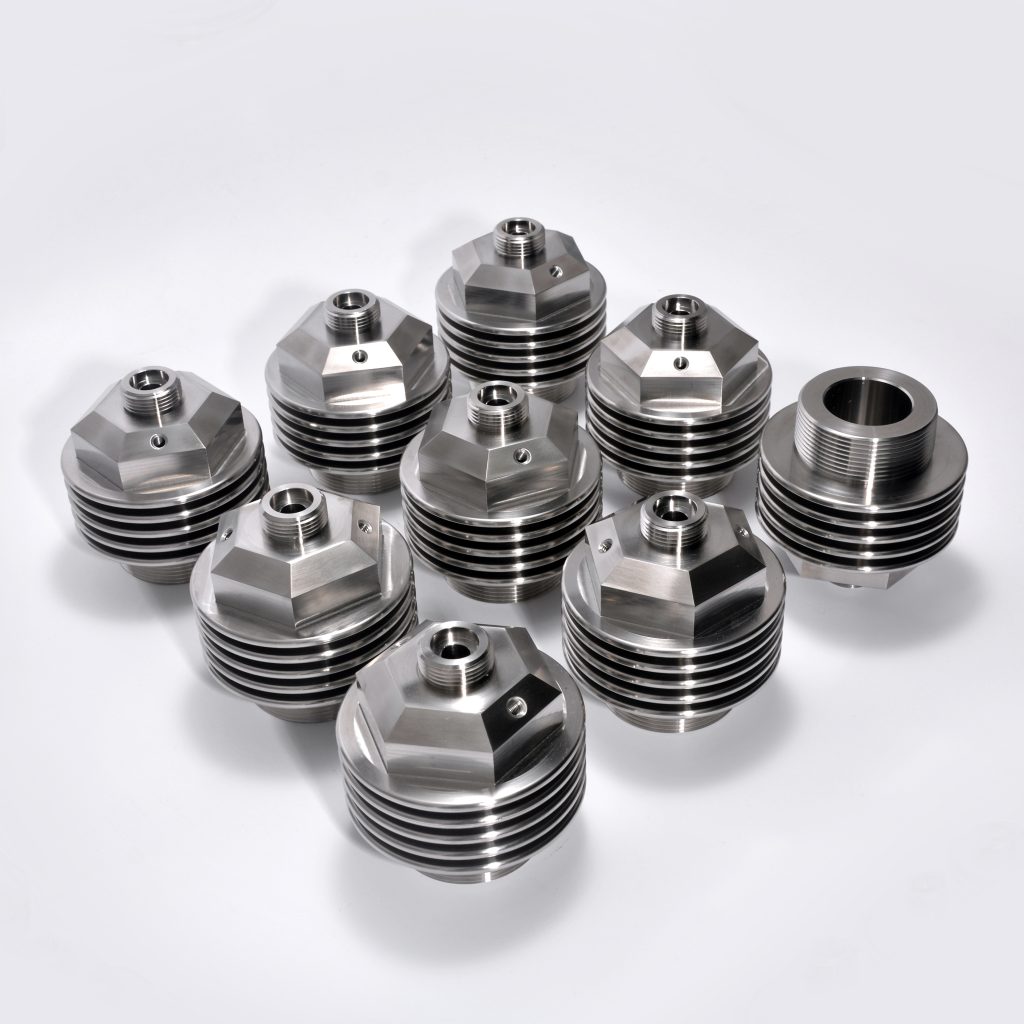Rapid prototyping is a revolutionary process that has changed the way products are developed and brought to market. By quickly creating and testing prototypes, designers and engineers can iterate on their ideas at an unprecedented pace. In this article, we will explore the world of rapid prototyping, its importance, benefits, applications, challenges, case studies, future trends, and best practices.
Rapid prototyping plays a crucial role in enhancing innovation and creativity. By allowing designers to quickly visualize their ideas in a tangible form, it sparks creativity and encourages out-of-the-box thinking. Additionally, rapid prototyping minimizes time to market, giving companies a competitive edge by speeding up the product development process. This not only reduces costs but also mitigates risks associated with long development cycles. Furthermore, rapid prototyping improves collaboration and communication among team members, ensuring that everyone is on the same page throughout the design process.
At its core, rapid prototyping is the process of quickly creating physical models or prototypes of a product. This can be achieved through various techniques such as 3D printing, CNC machining, or injection molding. Tools and software like CAD (Computer-Aided Design) software are essential for creating and refining digital models before they are transformed into physical prototypes.
One of the key benefits of rapid prototyping is speeding up product development. By quickly iterating on designs and testing concepts, companies can bring products to market faster than ever before. Rapid prototyping also allows for testing and validating concepts early in the design process, saving time and resources in the long run. Additionally, rapid prototyping enables customization and personalization of products, catering to individual needs and preferences. The iterative design process facilitated by rapid prototyping ensures that products are constantly refined and improved before final production.
Rapid prototyping has found applications in a wide range of industries, including the automotive industry, where prototypes are used to test new vehicle designs and technologies. In the medical and healthcare sector, rapid prototyping is used to create custom implants and prosthetics for patients. Consumer electronics companies use rapid prototyping to develop and test new gadgets and devices quickly. In architecture and construction, rapid prototyping is used to create scale models of buildings and structures. Fashion and jewelry designers use rapid prototyping to create unique and intricate pieces with precision and accuracy.
Despite its numerous benefits, rapid prototyping comes with its own set of challenges. Quality control and consistency can be difficult to maintain when producing multiple prototypes quickly. Scalability and production readiness can also be a concern, as prototypes created through rapid prototyping techniques may not always be suitable for mass production. Cost implications can also be a challenge, as rapid prototyping can be costly, especially for smaller companies. Intellectual property concerns also arise, as companies may need to protect their designs and inventions from being copied or stolen.
companies have successfully incorporated rapid prototyping into their product development processes. Companies like Tesla and Apple have used rapid prototyping to innovate and bring new products to market quickly. Lessons learned from these companies include the importance of iterating on designs, testing concepts early, and incorporating feedback from stakeholders throughout the design process.
The future of rapid prototyping looks bright, with advancements in technology driving new possibilities. Integration of advanced technologies like AI and machine learning will further streamline the prototyping process, making it faster and more efficient. Sustainability and environmental impact will also be a focus, with 3D printing technologies reducing waste and energy consumption. Rapid prototyping is expected to expand into new industries, reaching sectors like food and healthcare. Accessibility and affordability of rapid prototyping tools and techniques will also increase, making it more accessible to small businesses and entrepreneurs.
To ensure successful rapid prototyping, it is essential to set clear goals and objectives from the start. Involving stakeholders from the beginning of the design process ensures that everyone’s input is considered and incorporated into the final product. Embracing failure as part of the process is crucial, as it allows for learning and improvement. Continuous learning and improvement are key to successful rapid prototyping, as new technologies and techniques are constantly evolving.
In conclusion, rapid prototyping is a powerful tool that can transform the way products are developed and brought to market. By embracing innovation, creativity, and collaboration, companies can leverage rapid prototyping to their advantage. Looking ahead, the future of rapid prototyping holds exciting possibilities, with new technologies and advancements on the horizon. I encourage readers to explore the world of rapid prototyping and discover how it can revolutionize their product development processes.
